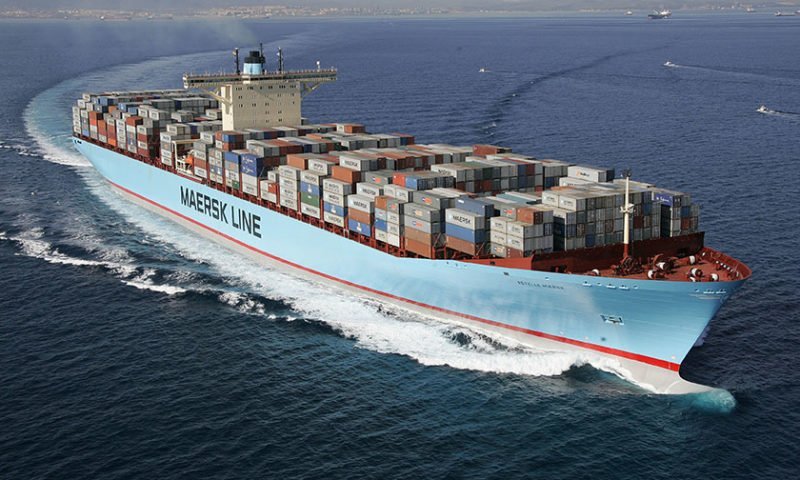Importing products from non-EU countries like China may be more cost-effective than sourcing them within the EU due to lower production costs or favorable exchange rates.
How to prepare your business for importing goods from China?
Shipping from China to Europe can be a complex process that requires careful planning and preparation. Here are some steps of import process for shipping from China to EU:
- Research and select reliable suppliers: You should research and select reliable suppliers in China who can provide the goods you need. Look for suppliers with a good track record, positive reviews, and experience in exporting to your country.
- Understand the regulations: Make sure you understand the regulations and requirements for importing goods from China, including customs regulations, tariffs, and taxes. You may need to obtain import licenses and permits, depending on the type of goods you plan to import.
- Develop a clear contract: Develop a clear contract with your supplier that outlines the terms and conditions of the transaction, including the price, payment terms, delivery terms, quality standards, and dispute resolution procedures.
- Arrange shipping and logistics: You need to arrange shipping and logistics, including transportation, customs clearance, and insurance. You can use a freight forwarder or customs broker to help you with these tasks.
- Manage the financial risks: Managing the financial risks is important when importing goods from China. You should consider using a letter of credit or other payment method that provides some protection against non-payment or non-delivery of goods.
- Ensure product quality: To ensure product quality, you can request samples before placing an order, and arrange for a third-party inspection before shipment.
- Plan for inventory and storage: You should plan for inventory and storage of the imported goods, including any additional costs for storage and handling.
By taking these steps, you can prepare your business for shipping from China to EU and minimize the risks involved in the process.
What are import conditions and duties? How to ensure the product quality is EU compliant?
Importing products into the EU requires compliance with specific regulations and requirements. Here are some steps you can take to check import conditions and duties and ensure that the product complies with EU requirements:
- Identify the Harmonized System (HS) code: The HS code is a standard international system used to classify goods for customs purposes. You can find the HS code for your product on the EU’s TARIC database.
- Check import duties and taxes: You can use the EU’s TARIC database to check the import duties and taxes that apply to your product. The TARIC database also provides information on any special conditions or restrictions that may apply to your product.
- Ensure compliance with EU regulations: The product must meet all relevant EU regulations and standards before it can be imported into the EU. You can find information on EU regulations and standards on the Europa website.
- Obtain necessary permits and certifications: Depending on the product, you may need to obtain specific permits or certifications before you can import it into the EU. For example, certain products, such as chemicals or medical devices, may require a CE marking. You can find more information on CE marking on the Europa website.
- Consider hiring a customs agent: If you are new to importing products into the EU, you may want to consider hiring a customs agent to help you navigate the process. A customs agent can help ensure that your product meets all necessary requirements and can help you complete the necessary paperwork and documentation.
By following these steps, you can check the import requirements and ensure that the product quality is compliant with EU standards.
What documents are needed for customs clearance in the EU?
The documents required for customs clearance in the EU can vary depending on the type of goods being imported or exported and the country of origin or destination. However, some common documents required for customs clearance in the EU include:
- Commercial Invoice [details of the goods being shipped, including their value, quantity, and other commercial information]
- Packing List [details of the contents of each package, including the weight and dimensions of each package]
- Bill of Lading: [details of the carrier, the origin and destination of the shipment, and the terms of the shipment]
- Import/Export License
- Certificate of Origin
- Transit Documents [for goods passing through another country before arriving in the EU]
- Customs Declaration [details of the goods being shipped and the value of the shipment]
It is important to note that the above list is not exhaustive, and additional documents may be required depending on the specific circumstances of the shipment. It is recommended to consult with a customs broker or an experienced shipping professional to ensure that all necessary documents are in order for customs clearance in the EU.

